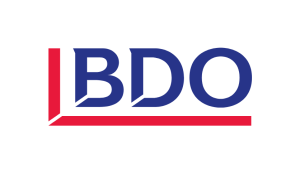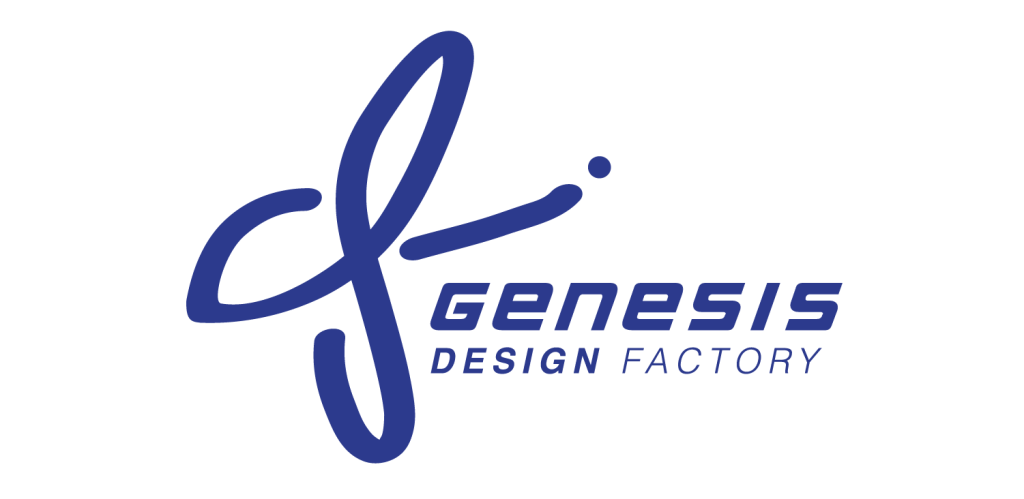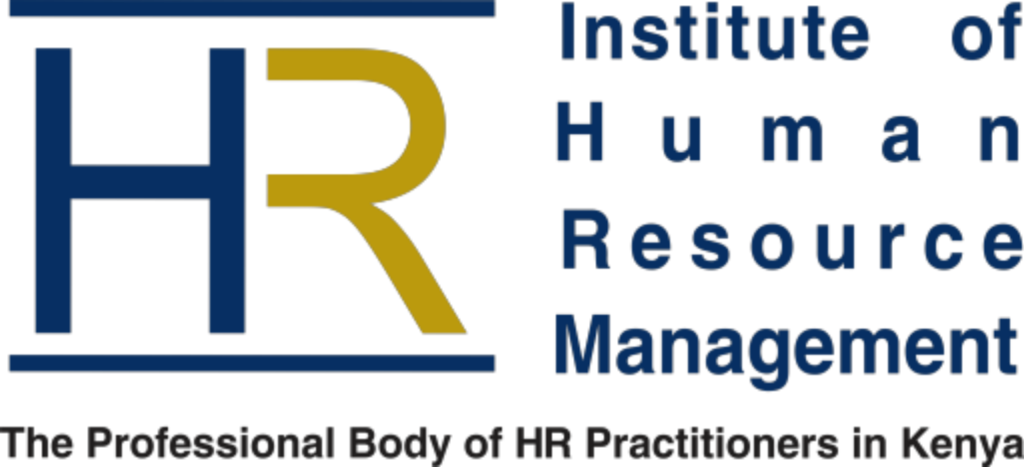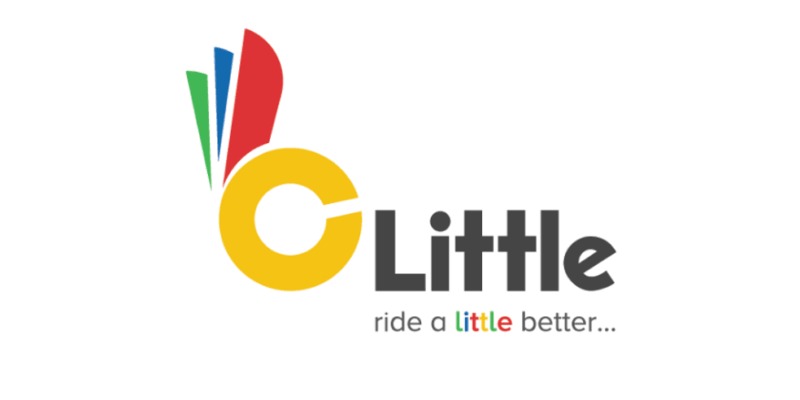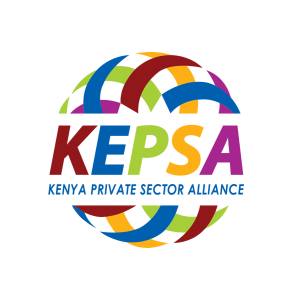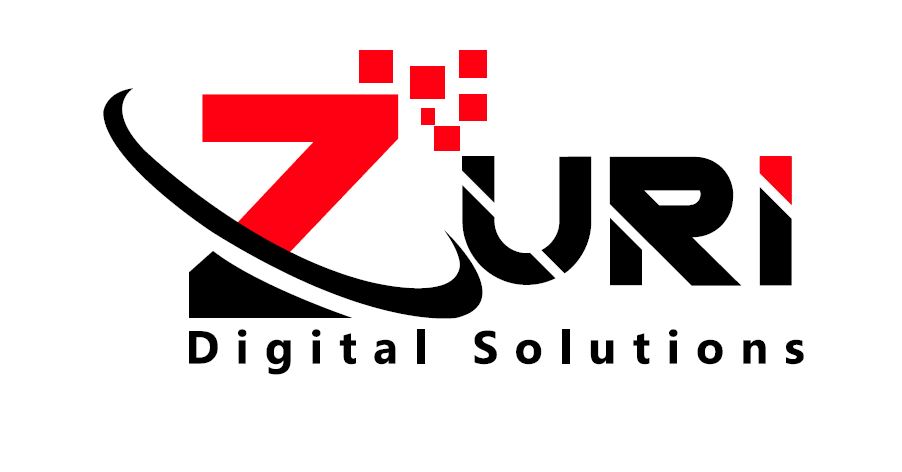Employee Discipline: A Guide to Maintaining Order and Productivity

Employee discipline is a cornerstone of a successful and harmonious workplace. It’s not just about enforcing rules—it’s about creating an environment where everyone can thrive. When done correctly, discipline ensures that employees understand and meet expectations, contributing to the overall success of the organization.
Understanding Employee Discipline
Employee discipline involves actions taken by employers to address behaviors that deviate from company policies or expectations. The focus isn’t on punishment but on correcting behaviors to help employees succeed. Effective discipline is about guiding employees back on track, preserving the workplace’s positive atmosphere.
Why Employee Discipline Matters
Employee discipline plays a crucial role in several key areas:
- Order and Efficiency: A disciplined workforce ensures that operations run smoothly, with employees clear on their roles and responsibilities.
- Company Culture: Discipline helps protect and reinforce the values and standards of the organization, ensuring that everyone is aligned with the company’s mission.
- Legal Compliance: Proper disciplinary procedures help companies avoid legal issues related to wrongful termination or discrimination, safeguarding the business from potential lawsuits.
- Fairness and Consistency: A structured approach to discipline ensures that all employees are treated equitably, fostering a workplace where trust and respect are paramount.
Common Misconduct Issues
Misconduct in the workplace can take many forms, each requiring tailored responses. Common issues include:
- Absenteeism: Frequent absences or tardiness can disrupt workflow and impact team morale.
- Insubordination: Refusing to follow instructions or disrespecting authority can create a toxic work environment.
- Harassment or Discrimination: Any form of harassment or discrimination must be addressed immediately to maintain a safe workplace.
- Substance Abuse: Alcohol or drug use at work is a serious issue that compromises safety and productivity.
- Poor Performance: Ongoing underperformance may require intervention to help the employee improve.
The Disciplinary Process
A well-defined disciplinary process is essential for maintaining fairness and transparency. Here’s a typical approach:
- Documentation: Start by documenting the incident, noting the details and gathering any evidence. This record is crucial if further action is necessary.
- Verbal Warning: For minor infractions, a verbal warning may suffice. During this conversation, clearly explain the issue and what needs to change. Document this discussion for future reference.
- Written Warning: If the behavior continues, issue a written warning. This formal notice should outline the misconduct, expected improvements, and potential consequences if the behavior persists.
- Suspension: For more serious or repeated offenses, suspension might be necessary. This action emphasizes the severity of the issue and provides time for reflection.
- Termination: As a last resort, if the employee does not improve, termination may be unavoidable. Ensure that this step is taken in line with company policy and legal requirements to minimize risks.
Best Practices for Effective Discipline
Effective discipline hinges on fairness, consistency, and clear communication. Here are some best practices:
- Clear Expectations: Ensure employees are well-informed about company policies and the consequences of not following them. This can be done through comprehensive onboarding and regular training sessions.
- Consistency: Apply disciplinary actions uniformly across the organization. This avoids perceptions of favoritism or bias, maintaining a fair work environment.
- Confidentiality: Keep disciplinary matters private to protect the employee’s dignity and prevent workplace gossip.
- Progressive Discipline: Use a step-by-step approach, starting with minor actions and escalating as needed. This gives employees a chance to correct their behavior before facing more serious consequences.
- Legal Awareness: Stay informed about labor laws and ensure all actions comply with regulations to avoid legal complications.
Challenges in Employee Discipline
While necessary, discipline can be challenging for employers. Common issues include:
- Subjectivity: Maintaining objectivity can be difficult, especially in emotionally charged situations. It’s essential to focus on facts and documented evidence.
- Legal Risks: Navigating employment laws can be tricky. Employers must ensure that disciplinary actions are justified, well-documented, and non-discriminatory.
- Impact on Morale: Discipline, if not handled carefully, can affect employee morale. It’s important to address issues in a way that maintains a positive and supportive work environment.
Conclusion
Employee discipline is more than just enforcing rules; it’s about guiding employees toward success and maintaining a positive workplace culture. By implementing a fair and consistent disciplinary process, companies can protect their culture, ensure legal compliance, and promote a productive work environment. Remember, the ultimate goal of discipline is not to punish, but to support and improve behavior, leading to a more engaged and effective workforce.



